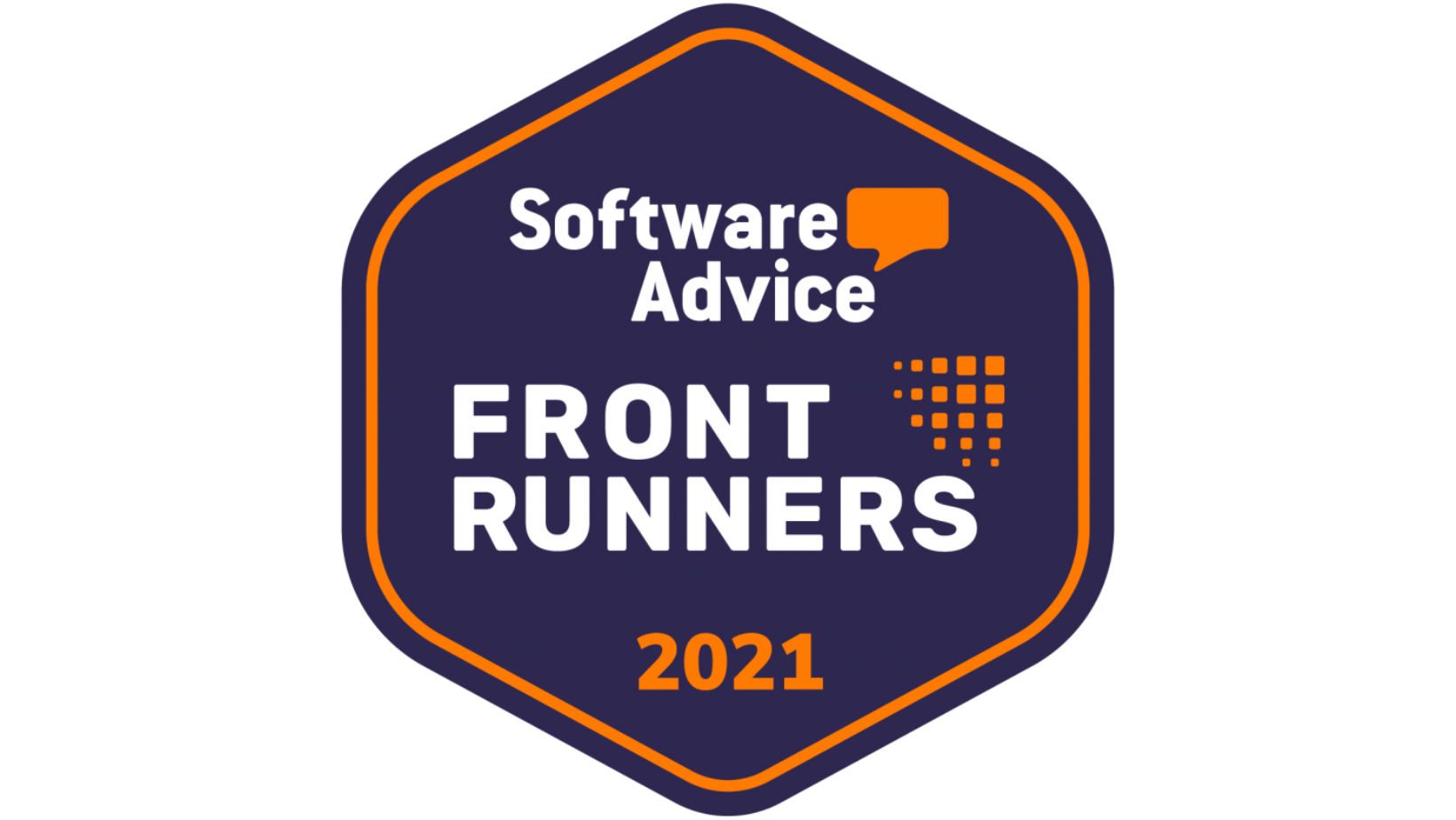Enterprise-grade AI platforms and SAP implementation solutions tailored for utilities, manufacturing and financial services.
Comprehensive AI and SAP implementation services for complex business needs
Enterprise-grade AI solutions with security and compliance at the forefront. Custom AI assistants, document processing, and automation solutions with LLM integration.
Specialized SAP consulting for utilities and energy companies. Implementation, integration, and optimization services with a focus on industry-specific solutions.
Innovative SaaS solutions built to solve complex enterprise challenges
Enterprise AI assistant platform with on-premise deployment options, multi-LLM support, and security-first architecture.
Social media automation platform with AI-powered messaging, comment handling, and analytics for multi-channel campaigns.
AI-enhanced inventory management software for multi-channel businesses, supporting full purchase-to-sales cycle management.
See how our clients have achieved transformative results with our solutions
Successful implementation of SAP ISU system for a major utility company, streamlining operations and improving customer service efficiency.
Custom AI assistant deployment for customer service and document processing, reducing response times and improving accuracy.
End-to-end inventory management solution for an e-commerce business managing multiple brands across various sales channels.
Hear directly from businesses that have partnered with us
"AvanSaber's ERP system has been a game-changer for our business. We've seen remarkable improvements in efficiency and accuracy since implementation. The team's expertise in both SAP and AI technology is unmatched."
"ZapInventory by AvanSaber is a full-featured inventory management software. I use it daily for reporting, analytics, reordering, and supplier management. It was super easy to use without complex training."
"AvanSaber's ERP system was easy to set up and has been transformative for our ISP business. After 18 years of manual inventory management, this system streamlined our operations completely."
Schedule a free consultation with our experts to discuss your specific business challenges and how our solutions can address them.
Our solutions have been recognized by leading industry platforms for their innovation and performance





